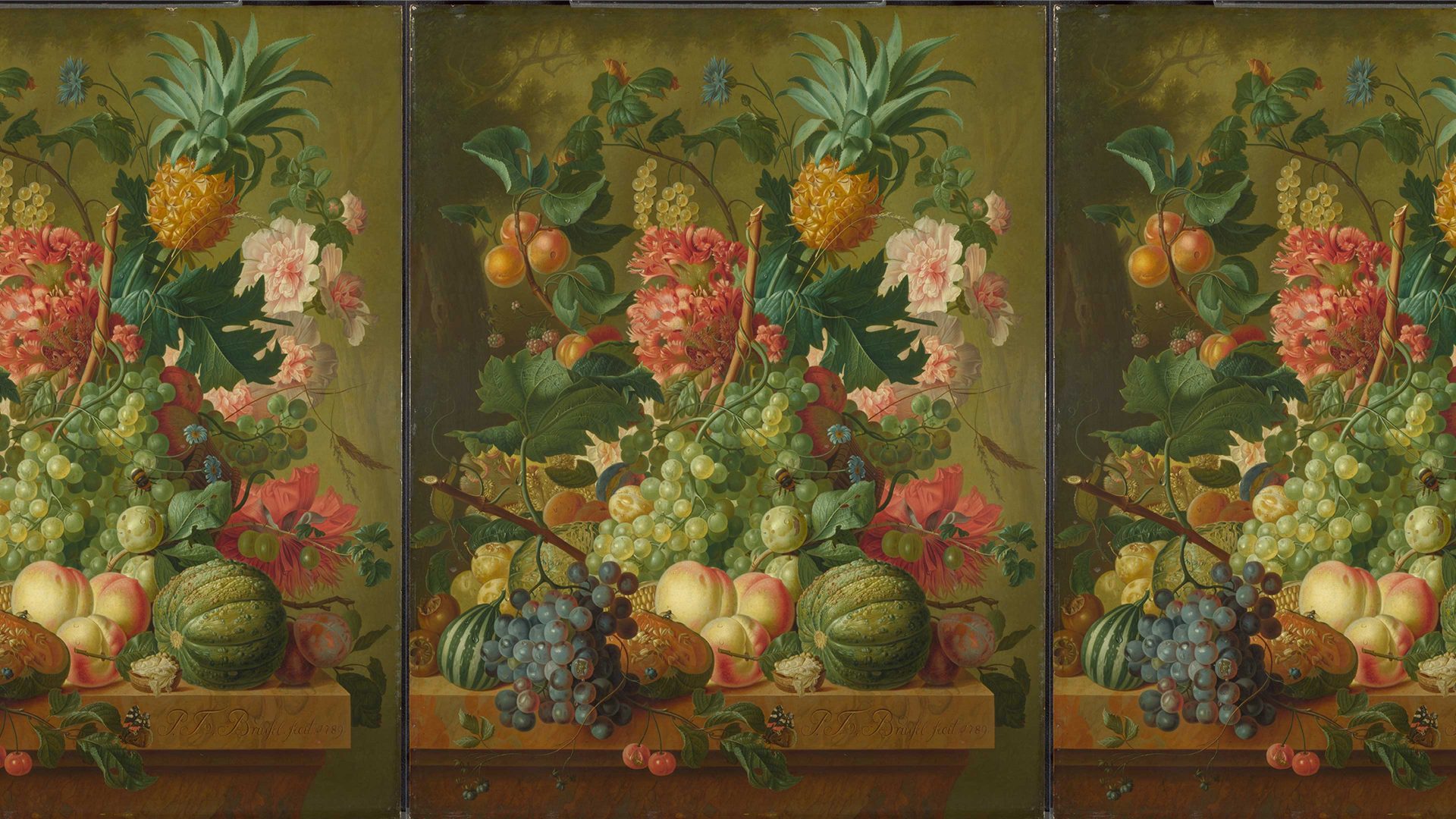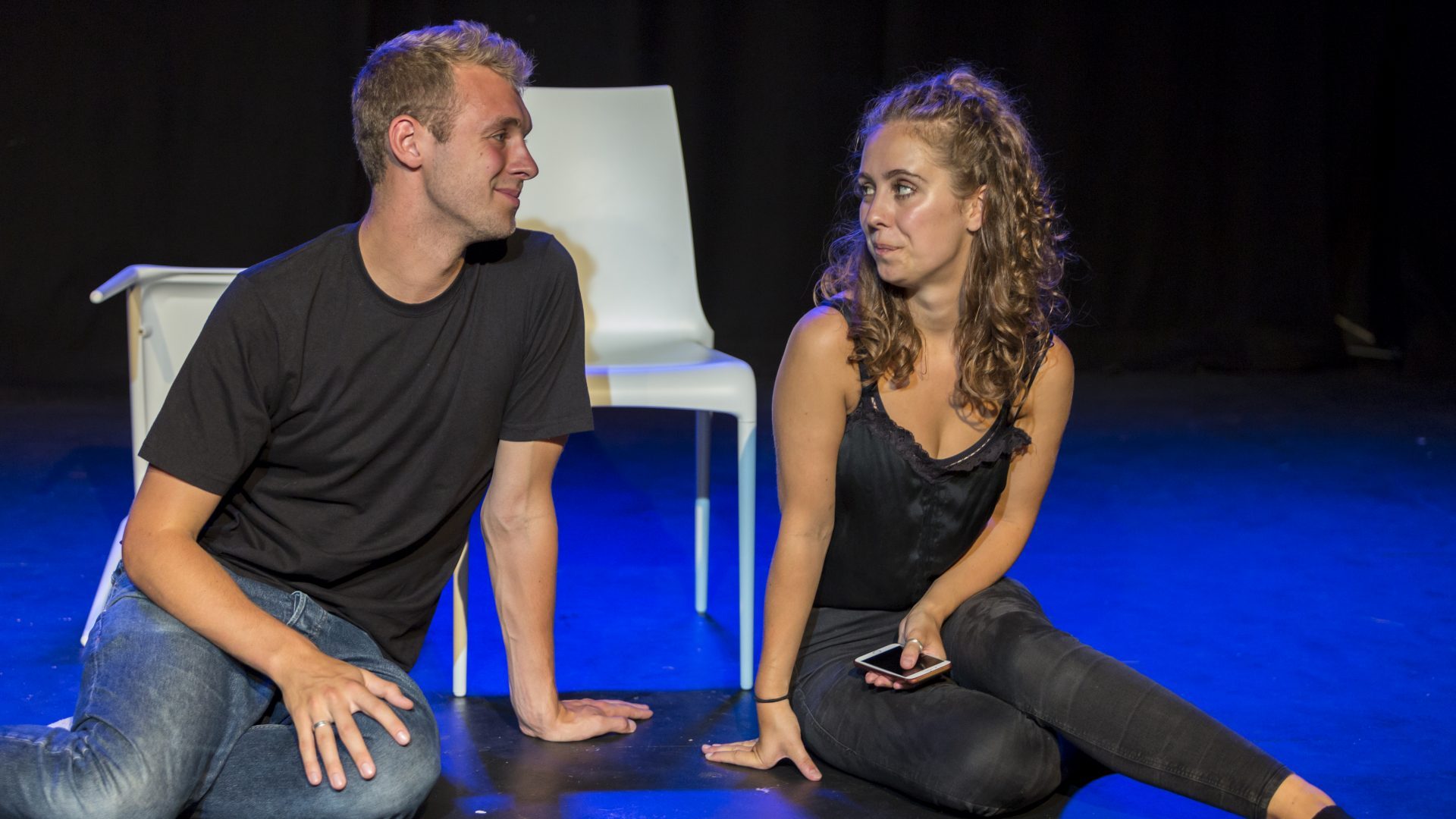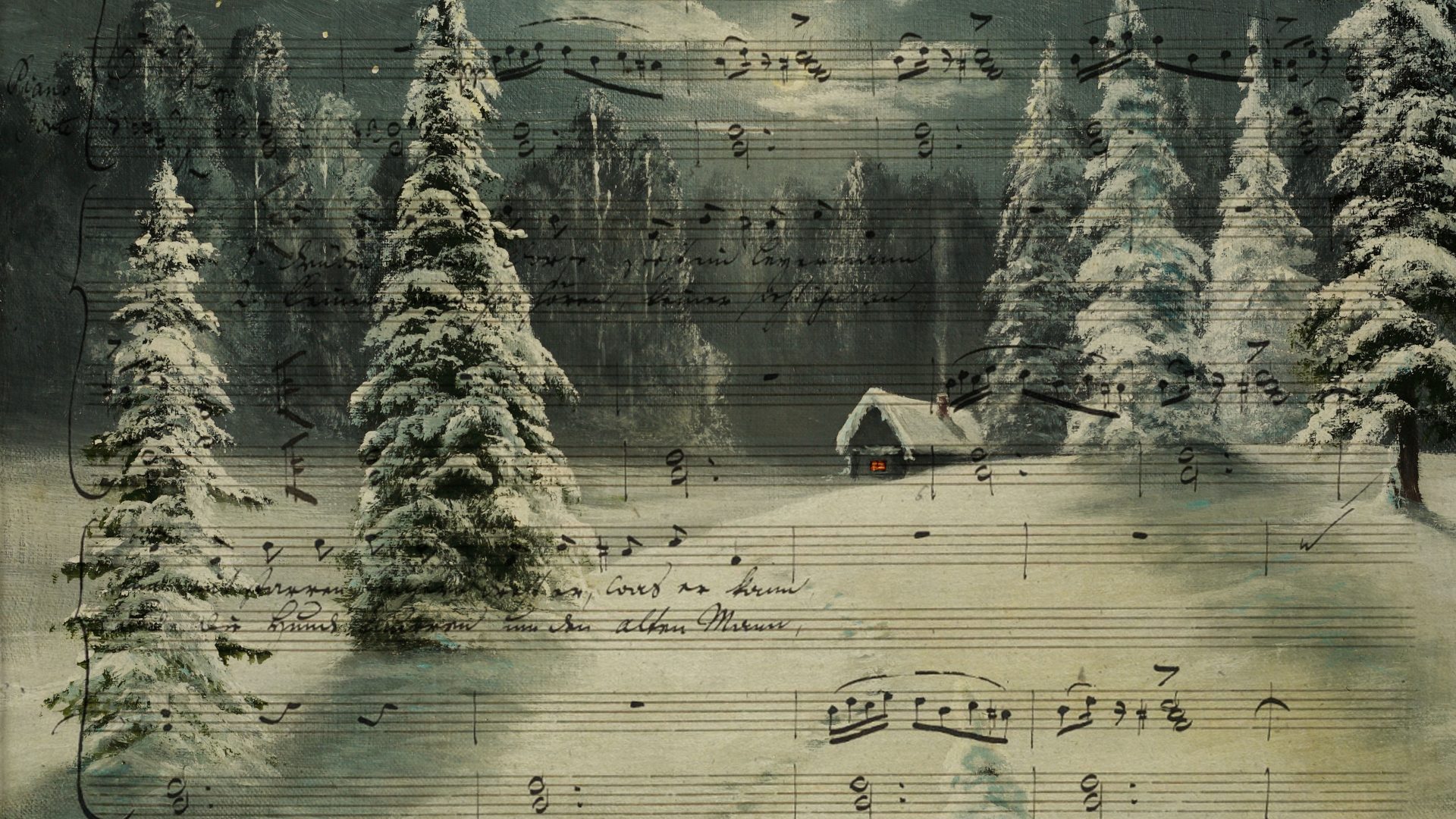It is a bit on the small side, and possibly not very ripe, but with its palm-tree leaves and unpromisingly spiky gold buttons, it’s a pineapple all right. And it is the most exotic fruit imaginable in 17th-century Holland.
In a blousy still life by Paulus Theodorus van Brussel, it crowns a pyramid of flowers and produce – melons, peaches, grapes, sweetcorn. Some of the fruit oozes, over-ripe. There is a bee – perhaps implausibly, but attractively – on the green grapes, a fly on the split squash and a butterfly – a red admiral – on a cherry leaf. The opened walnut in its creamy newness is only just ready. Everything is in season.
Van Brussel (1754-95) and his Flowers in a Vase (1789) brought up the rear of a fashion in botanical art that arose at the beginning of the century before, when flower painting of forensic accuracy brought into the home blooms in numbers and of a quality that no ordinary household could afford. For the Dutch were enamoured of flowers, but to view them they would largely have relied on visits to the scholarly Botanical Gardens of the university in Amsterdam.
By the mid-1600s there was the frenzy for tulips that made and lost fortunes – a single bulb capable of costing more than a house. Two of the most admired varieties, the red and white Semper Augustus and the red and yellow Viceroy, are shown by early pioneer Ambrosius Bosschaert the Elder, among others. But for the 200 years that flower painting, later augmented by fruit and veg, reigned supreme, other specimens also dominated – flamboyant peonies, angelic aquilegia, majestic hollyhocks.
The earliest notable flower paintings illustrated the reverence in which horticultural specimens were held. Each bloom is painted individually, separate from its neighbour, the composition of the whole arrangement flat and spatially impossible.
Bosschaert’s still life with a Chinese vase is nonetheless one of the treasures of the National Gallery, originally joining the collection under the government’s scheme in lieu of death duties, and leaving nothing to chance with its full title: Still Life of Flowers in a Wan-Li Vase on a Ledge with further Flowers, Shells and a Butterfly.
While art lovers in France and Germany were ahead of those in Britain in acquiring these masterpieces, in time they reached the English country house too, changing hands when the Revolution obliged the French aristocracy to cash in their goods.
Bosschaert’s prolific brother-in-law, Balthasar van der Ast (1593-1657), tried
his hand at this popular new art form too, catering for a demand with such
vigour that a remarkable 70 paintings survive. But flower painting reached its peak in many ways in the second half of the 17th century, when artists
combined horticultural accuracy with aesthetic perfection. In the top flight
was Rachel Ruysch (1664-1750), one of several outstanding female painters
who, unable to practise certain disciplines – such as life drawing – excelled instead in this field.
Ruysch had the advantage of a family connection with Amsterdam’s botanical gardens. Her father, Frederick Ruysch, was director of the gardens, a resource for scientific research, and encouraged her talent. She trained with Willem van Aelst from the age of 15 or so, and was also influenced by the still-life painter Otto Marseus van Schrieck, who favoured the subdued flora and fauna of the woods over bright blooms in the home. His fascination with darker colours and small creatures is echoed in Ruysch’s solemn work.
Ruysch was the first woman to be admitted to the Confrere Pictura, the society of artists in The Hague, where she worked from 1701 until 1708,
when her meticulous skill and artistry led her to be appointed court painter
to the Elector Palatine, Johan Willem. This honour was heightened by her being allowed to reside in Amsterdam rather than decamp to the court in Düsseldorf. Her Flowers in a Vase (1685), far from being a dainty and “ladylike” work, is a sophisticated and knowledgeable study, with insubstantial honeysuckle and dull, nibbled leaf backs. Was it the little black and yellow caterpillar that took a bite? Such scientific inspections would have taken advantage of optical aids – there was no microscope yet, but artists would have looked at the complexity of their subjects’ construction through a magnifying glass.
Insects creep through many compositions, further demonstrating the artist’s skill at depicting silk thread, hair-like legs, papery wings. Jacob van Walscapelle’s Flowers in a Glass Vase, painted in around 1670, demonstrates the virtuosity of Golden Age painters in depicting the contours and textures of everyday objects and substances – water both clear and cloudy, glass vessels that reflect unseen rooms, fruit that seems to ooze real juice.
His composition is more vivacious than those of the art form’s pioneers, with stalks stretching out of the painting and flowers swinging recklessly this way and that. One pink and white carnation has dropped on to the ledge, flicking beads of water on to stone. Strawberries are showing the slight indent of the first stages of rot.
The occasional dimple of decay, overblown blossom or fallen petal would remind viewers that all life, including their own, was finite. Not as heavy-handed as the artists who, alongside other more domestic or scholarly details, uncompromisingly plonked a skull into their portraits, the Dutch flower painters nevertheless heightened the splendour of their blooms with signs of their fragility.
In a crowded field, not every practitioner stayed the course. Some headed to other countries to work, especially after the Rampjaar – the Disaster Year – of 1672, when a series of setbacks for the Netherlands began with the third Anglo-Dutch war, meaning that prosperity and therefore work dried up.
For all his brilliance, Van Walscapelle (1644-1727) gave up art for a municipal job in Amsterdam three years after painting the glass vase, perhaps one of the many casualties, economically at least, of the Rampjaar. He had been well trained too, initially by Cornelis Kick, and influenced by Jan Davidsz. de Heem (1606-83/84).
De Heem was master of still-life illusions, his Flowers in a Glass Bottle on a Marble Plinth (1664-65) dishing up with relish translucent cherries, slippery oysters and a half-peeled orange.
Many of the favoured subjects across these paintings illustrated the importance to the Netherlands of its global trading routes. Tulips were
introduced from Turkey in the late 16th century.
The popular hyacinth, in its bluebell-like single form, grew wild in the eastern Mediterranean and Asia Minor and was imported into Europe in the mid-16th century. It was briefly outstripped by the flashier new tulips, but in the early 18th century the hyacinth streaked ahead again, now in the double form most popular today.
And as for Van Brussel’s pineapple, it was a traveller that knew no borders. Native to South America, it was brought into Europe as early as the late 15th century. By the 17th century, seeds, cuttings and the fruit itself were being ported to northern Europe from the Dutch colony in Suriname, and the New World attempted to propagate seeds and cuttings. But the Dutch remained the pineapple’s most enthusiastic evangelists.
Similarly, the props in flower paintings, especially vases, signalled global trade. Bosschaert’s Wan-Li vase is typical of the wares carried by the Dutch East India Company, which conveyed desirable tableware from India, Indonesia, China and Japan, alongside spices, silk and tea.
The vase from which Bosschaert’s careful arrangement springs would have been fairly newly minted. Such blue-and-white ware, known as kraak, not only signalled his country’s proud and lucrative world trading links, but would also be resourcefully imitated within the Netherlands in the years to come; Delftware, in particular, became one of the most recognisable of Dutch exports – even to China and Japan.
Best known for his utopian and bucolic paradise landscapes, Jan Brueghel the Elder regarded flower painting as high art. “I have invested all my skill in the picture,” he says on completing an elaborate arrangement in 1606. “I do not believe that so many rare and beautiful flowers have ever been painted before, nor rendered so painstakingly: it will be a fine sight in the winter.”
And perhaps that’s the simple joy of Dutch flower paintings, beyond admiration for their stupendous technique: it’s always spring, summer and autumn, all at once, all year round.
Dutch Flowers is at Compton Verney, Warwickshire, until January 15 2023; the Potteries Museum and Art Gallery, Stoke-on-Trent, March 11 to June 4; at
Sheffield Museums, June 22 to September 17; and at The Box, Plymouth, from October 7 to January 7 2024




